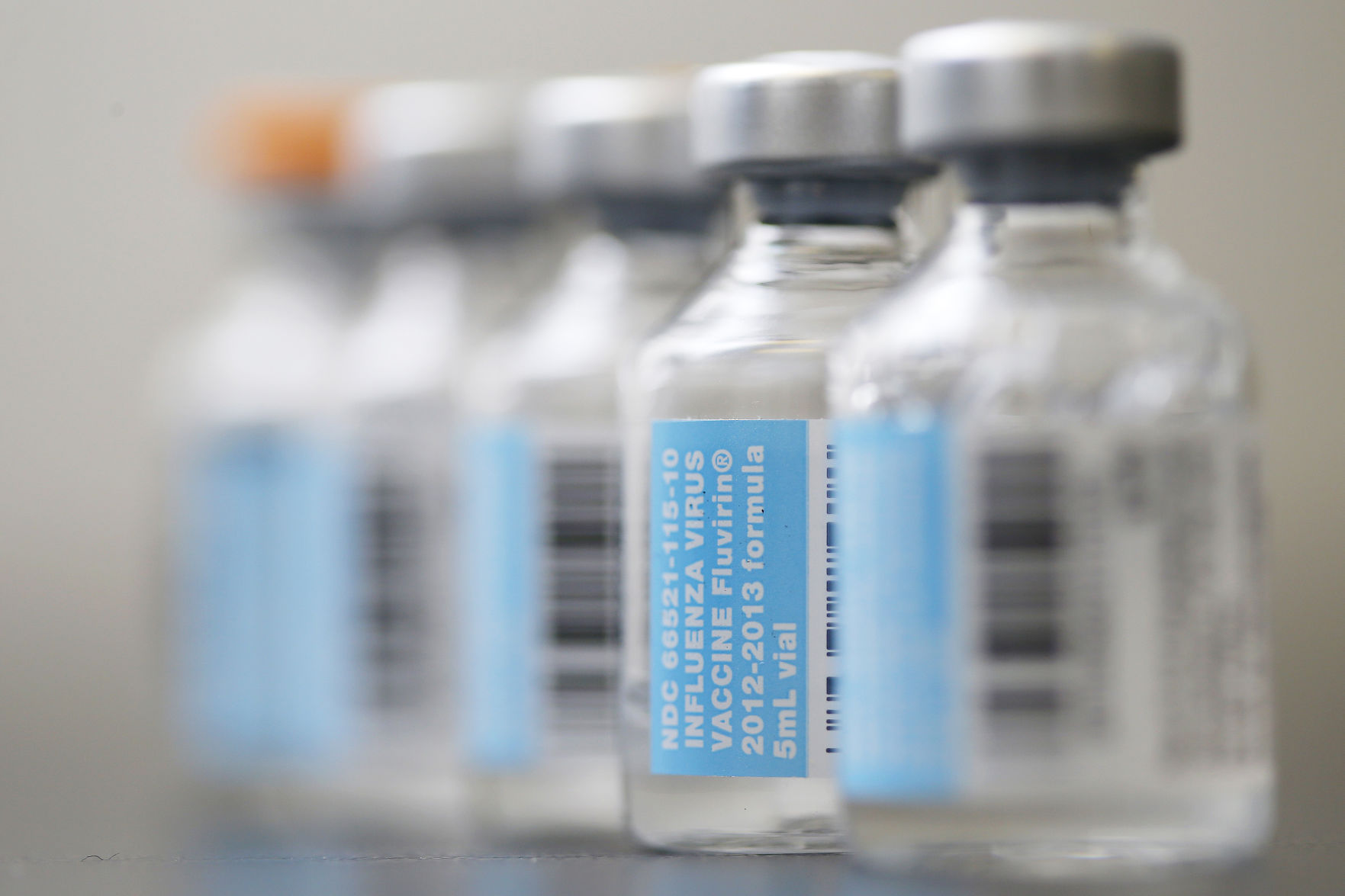NEW YORK (AP) — Two years ago, George Green got stabbing pain and bad blisters around his right arm. It was the worst case of shingles his doctor had ever seen. “I said, ‘Wait a minute, I had the vaccine!
NEW YORK (AP) — Two years ago, George Green got stabbing pain and bad blisters around his right arm. It was the worst case of shingles his doctor had ever seen.
“I said, ‘Wait a minute, I had the vaccine! How come I got this?'” recalled Green, a 68-year-old engineer in Austell, Georgia, who got the shot seven years earlier.
His doctor at Emory University, Dr. Sharon Bergquist, said about 10 percent of the patients she’s given the shingles shot have come back with the disease years later.
No vaccine is perfect, and it can take many years to find out how well a new vaccine works and how long it lasts. Sometimes, health officials have called for an additional dose when it became clear the first round wasn’t cutting it. But disappointing performance is also prompting drugmakers to pursue new vaccines for older patients, using new additives to boost effectiveness.
The issue of waning protection is expected to be discussed when the Advisory Committee on Immunization Practices meets in Atlanta. The two-day meeting opens Wednesday. The federal panel of experts recommends what vaccines children and adults should receive and when.
———
FLU
The annual flu vaccine is a particularly hard one to nail. The virus changes quickly and spreads easily. U.S. health officials make their best guess each spring about the formula for the next flu season. In four of the last seven seasons, the flu vaccine didn’t work much at all in people 65 and older, who can be hit hard by the flu because of weaker immune systems. Some doctors wonder whether those seniors who get a shot in September need another dose in January to protect them through the flu season — a question that hasn’t been well studied, said Dr. William Schaffner, a Vanderbilt University vaccine expert who works with the committee. There’s a relatively new vaccine for over 65 that includes an immune-boosting additive, but it hasn’t been around long enough to know exactly how well works.
The vaccine panel will hear an update about a nasal-spray version of flu vaccine that it stopped recommending after health officials said it wasn’t working in U.S. kids.
MUMPS
Mumps is best known for causing puffy cheeks, but sometimes can lead to hearing loss, meningitis and even loss of sterility. A mumps vaccine has been part of routine childhood shots for nearly five decades. Yet, there were 5,300 cases reported in the U.S. last year — the most in a decade — and so far the numbers this year are not far off. Illnesses in vaccinated people tend to be less severe, health officials say. Still, research suggests that 10 or more years after the second childhood dose, protection against the virus fades enough to help outbreaks take hold.
The federal panel is not expected to propose a third dose for all kids, but is talking about endorsing an extra shot where an outbreak occurs.
HEPATITIS B
The hepatitis B virus can destroy the liver and lead to death. New infections fell after vaccines became widely available in the 1980s and were later included in childhood shots. It is spread through contact with blood or other bodily fluids, and the vaccine is also recommended for some adults. Experts have noted signs of faltering protection, particularly in diabetics and older adults. Outbreaks in nursing homes and assisted living facilities have been a recurring problem.
Dynavax Technologies Corp. has developed an adult vaccine called Heplisav-B, which also uses a new additive. The shot showed impressive levels of protection in studies, but the Food and Drug Administration is seeking more information before deciding whether to approve it. The vaccine panel is expected to discuss it but doesn’t take a recommendation vote until a vaccine is licensed.
SHINGLES
Anyone who has had the chickenpox can get shingles, a painful condition that causes blisters, when the chickenpox virus resurfaces decades later. Merk’s Zostavax has been available for about a decade and it is recommended for people 60 and older. That’s the shot George Green got.
Zostavax only cuts the risk of getting shingles in half and lasts about five years, the Centers for Disease Control and Prevention says. On Friday, the FDA licensed a second shingles vaccine, GlaxoSmithKline’s Shingrix, which also uses a new additive. The vaccine committee is to decide whether to begin recommending it. Shingrix has been shown to be 90 percent effective and last at least four years in company-sponsored studies. Glaxo officials say they are confident it will last years longer. Experts say it will take many years to know for sure.


